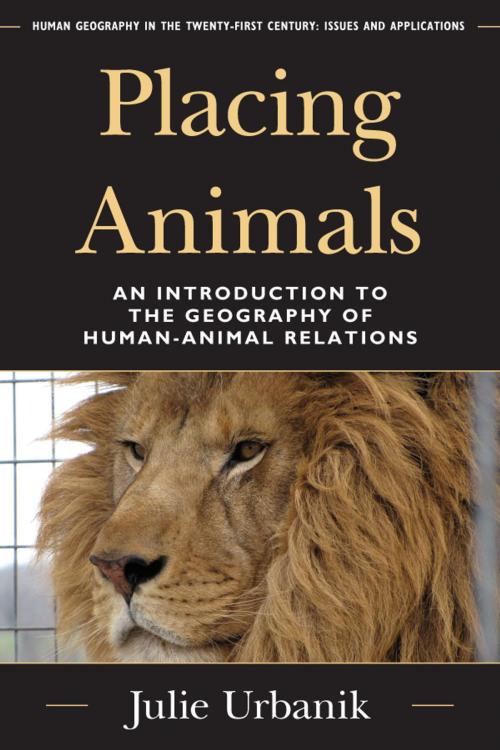Placing Animals
An Introduction to the Geography of Human-Animal Relations
Nonfiction, Science & Nature, Science, Earth Sciences, Geography, Social & Cultural Studies, Social Science, Human Geography, Nature, Animals| Author: | Julie Urbanik | ISBN: | 9781442211865 |
| Publisher: | Rowman & Littlefield Publishers | Publication: | July 23, 2012 |
| Imprint: | Rowman & Littlefield Publishers | Language: | English |
| Author: | Julie Urbanik |
| ISBN: | 9781442211865 |
| Publisher: | Rowman & Littlefield Publishers |
| Publication: | July 23, 2012 |
| Imprint: | Rowman & Littlefield Publishers |
| Language: | English |
As Julie Urbanik vividly illustrates, non-human animals are central to our daily human lives. We eat them, wear them, live with them, work them, experiment on them, try to save them, spoil them, abuse them, fight them, hunt them, buy and sell them, love them, and hate them. Placing Animals is the first book to bring together the historical development of the field of animal geography with a comprehensive survey of how geographers study animals today. Urbanik provides readers with a thorough understanding of the relationship between animal geography and the larger animal studies project, an appreciation of the many geographies of human-animal interactions around the world, and insight into how animal geography is both challenging and contributing to the major fields of human and nature-society geography. Through the theme of the role of place in shaping where and why human-animal interactions occur, the chapters in turn explore the history of animal geography and our distinctive relationships in the home, on farms, in the context of labor, in the wider culture, and in the wild.
As Julie Urbanik vividly illustrates, non-human animals are central to our daily human lives. We eat them, wear them, live with them, work them, experiment on them, try to save them, spoil them, abuse them, fight them, hunt them, buy and sell them, love them, and hate them. Placing Animals is the first book to bring together the historical development of the field of animal geography with a comprehensive survey of how geographers study animals today. Urbanik provides readers with a thorough understanding of the relationship between animal geography and the larger animal studies project, an appreciation of the many geographies of human-animal interactions around the world, and insight into how animal geography is both challenging and contributing to the major fields of human and nature-society geography. Through the theme of the role of place in shaping where and why human-animal interactions occur, the chapters in turn explore the history of animal geography and our distinctive relationships in the home, on farms, in the context of labor, in the wider culture, and in the wild.















